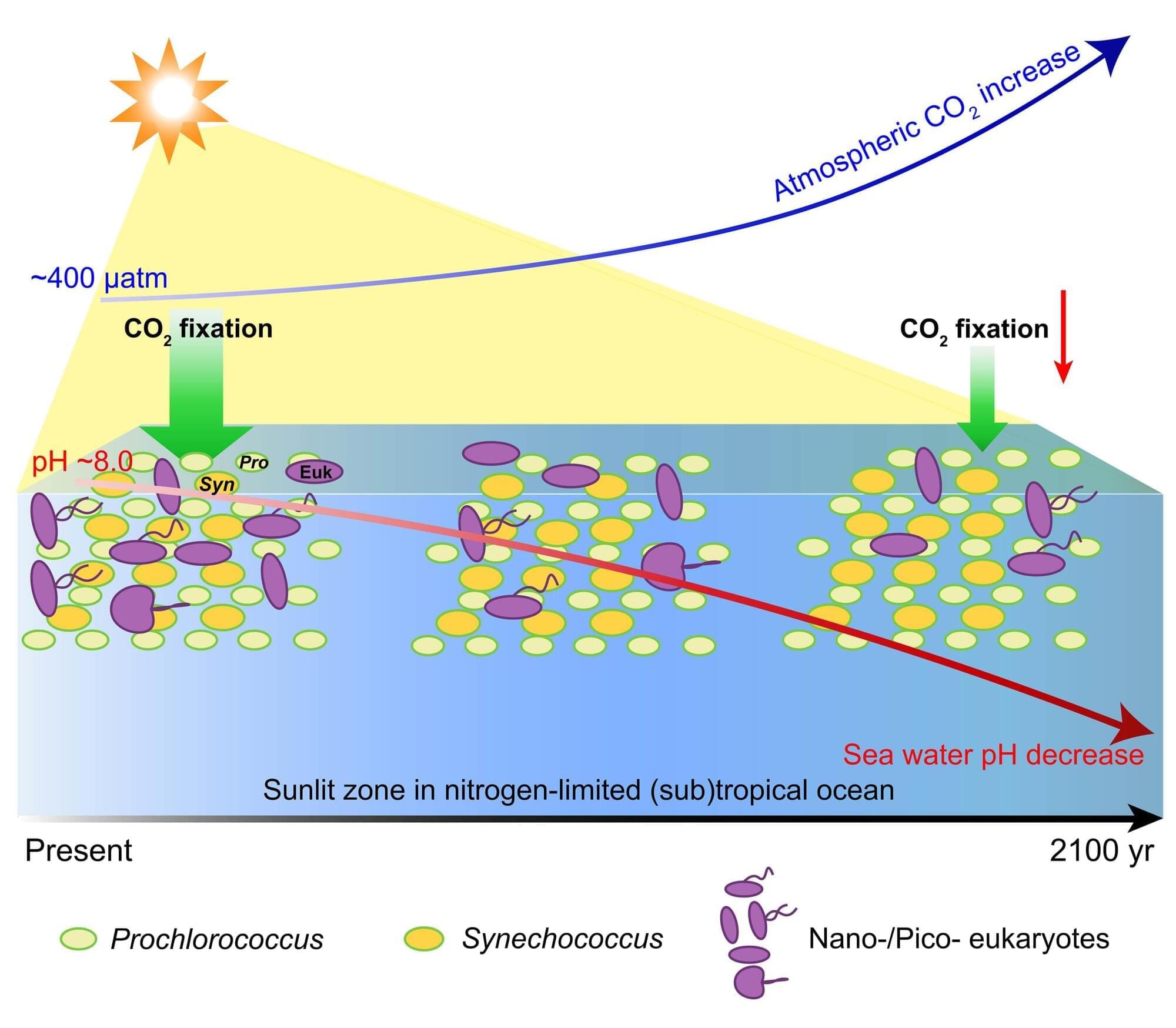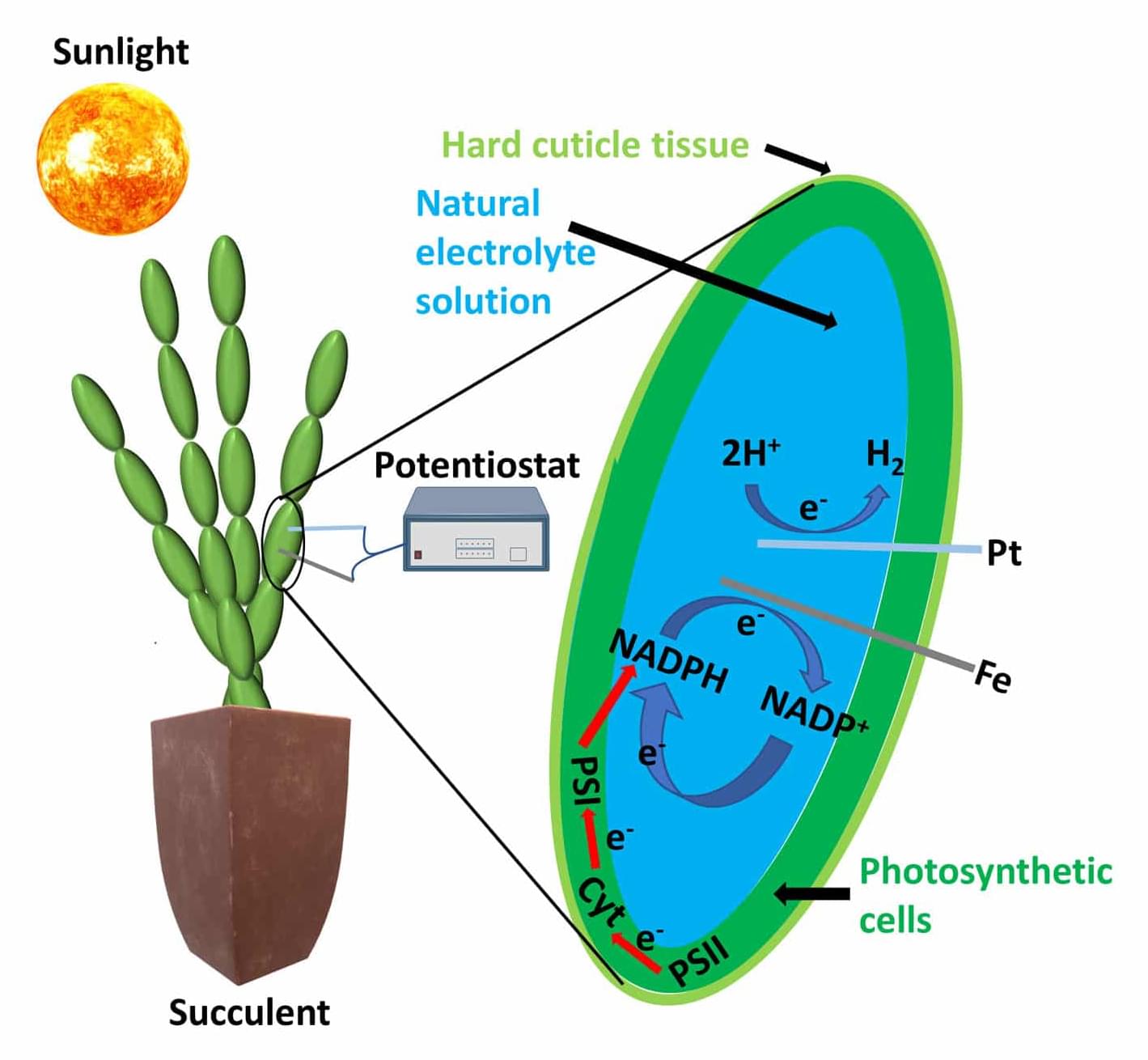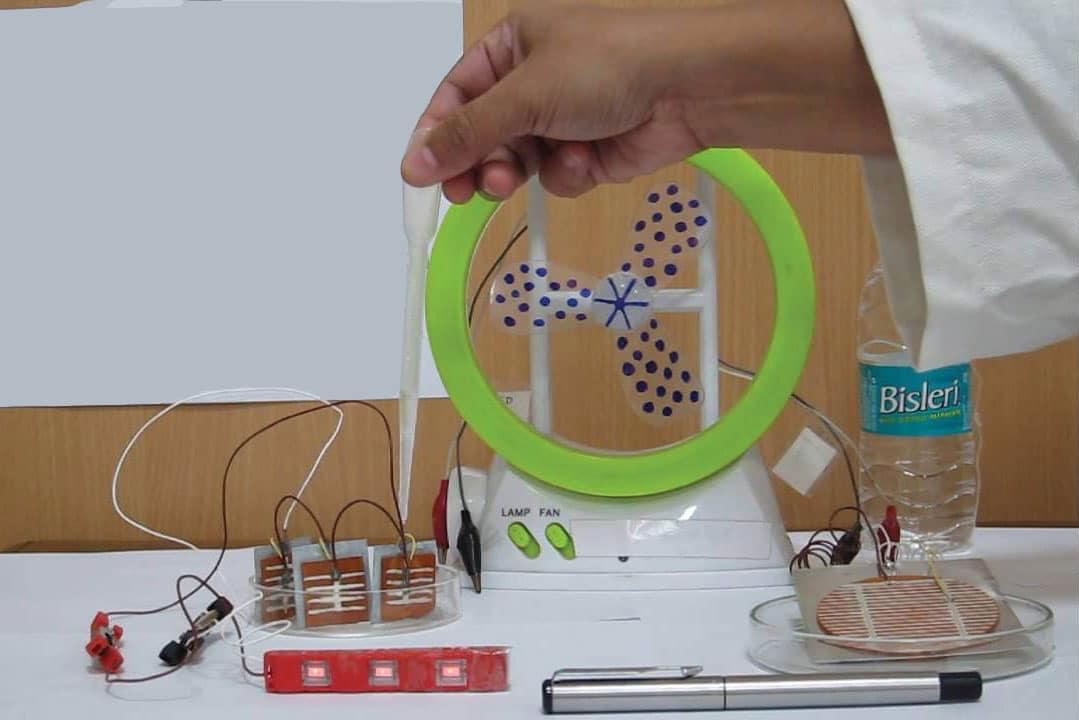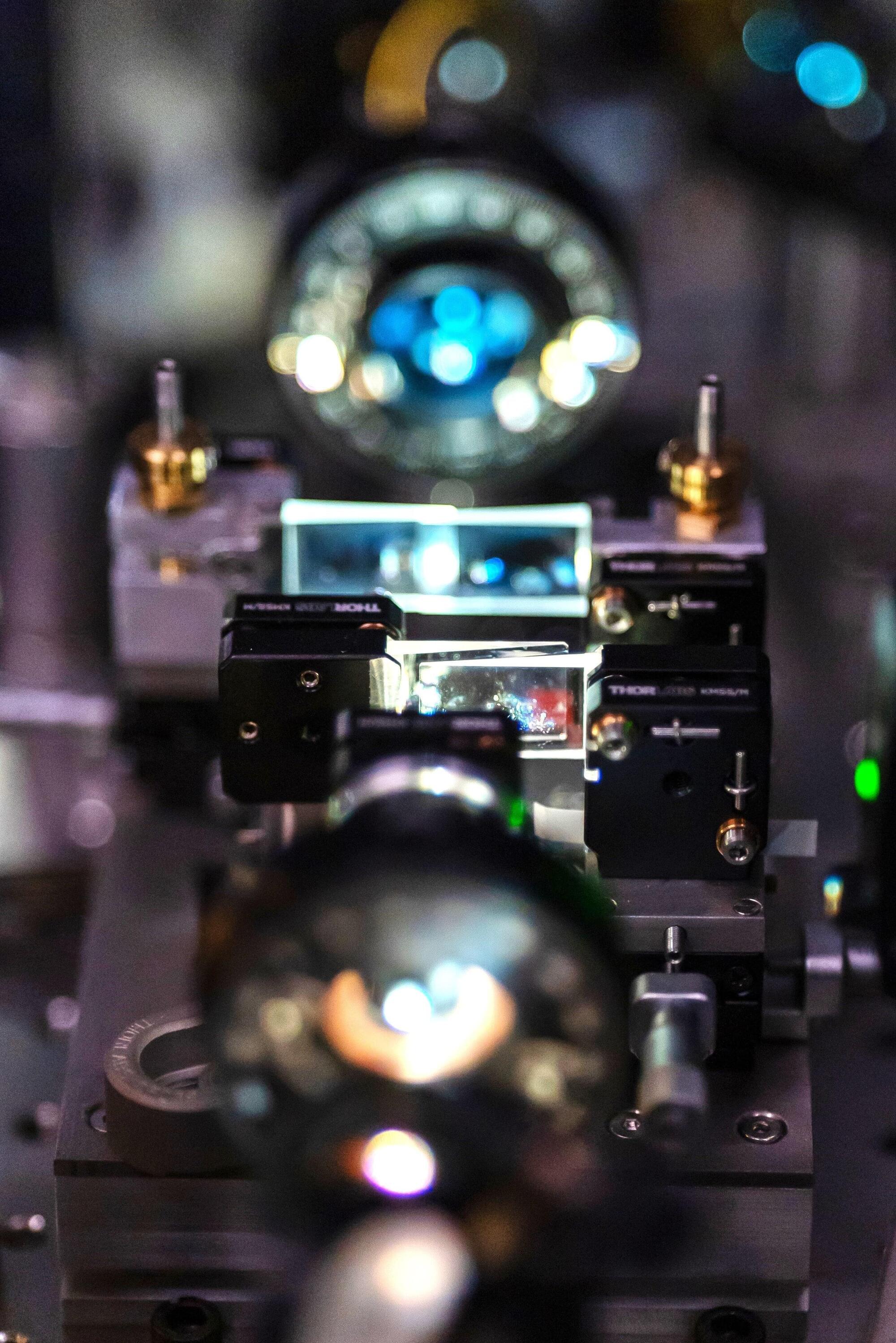In the San Diego suburb of Carlsbad, a new plant to desalinate seawater is almost ready. For about a billion dollars, it will produce 7 percent of the area’s drinking water, courtesy of the Pacific Ocean. But in these times of record drought, two Texas entrepreneurs are advocating another solution: Instead of pulling fresh water out of the sea, they want to pull it out of the air. The machine they’re developing at Trinity University in San Antonio, called an atmospheric water generator, is still in its pilot phrase. But to hear Moses West tell it, if the climate conditions are right, the AWG has the potential to end drought.
West, who’s testing the machine along with business partner John Vollmer, calls himself “a water farmer.” He explains that there are three potential sources of human drinking water: groundwater, rivers and gas. Thanks to NASA’s GRACE satellite system, which measures the abundance and quality of aquifers, we know that the Earth’s groundwater supply is dwindling — and increasingly contaminated by pesticides and runoff. Rivers, at least near any major metropolitan area, are out of the question as sources for drinking water. That leaves water vapor, which West calls “the purest, cleanest, most abundant, recyclable source of water that exists on the face of the earth.”
The atmospheric water generator was first developed in Spain, another country with perpetual drought problems, but according to West, it performs best in high-heat, high-humidity areas. It can reliably produce between 2,000 and 3,000 gallons of water per day, and with the proper institutional support, West says, “I know how to scale this up to produce a million gallons a day, 30 million gallons a month.”







